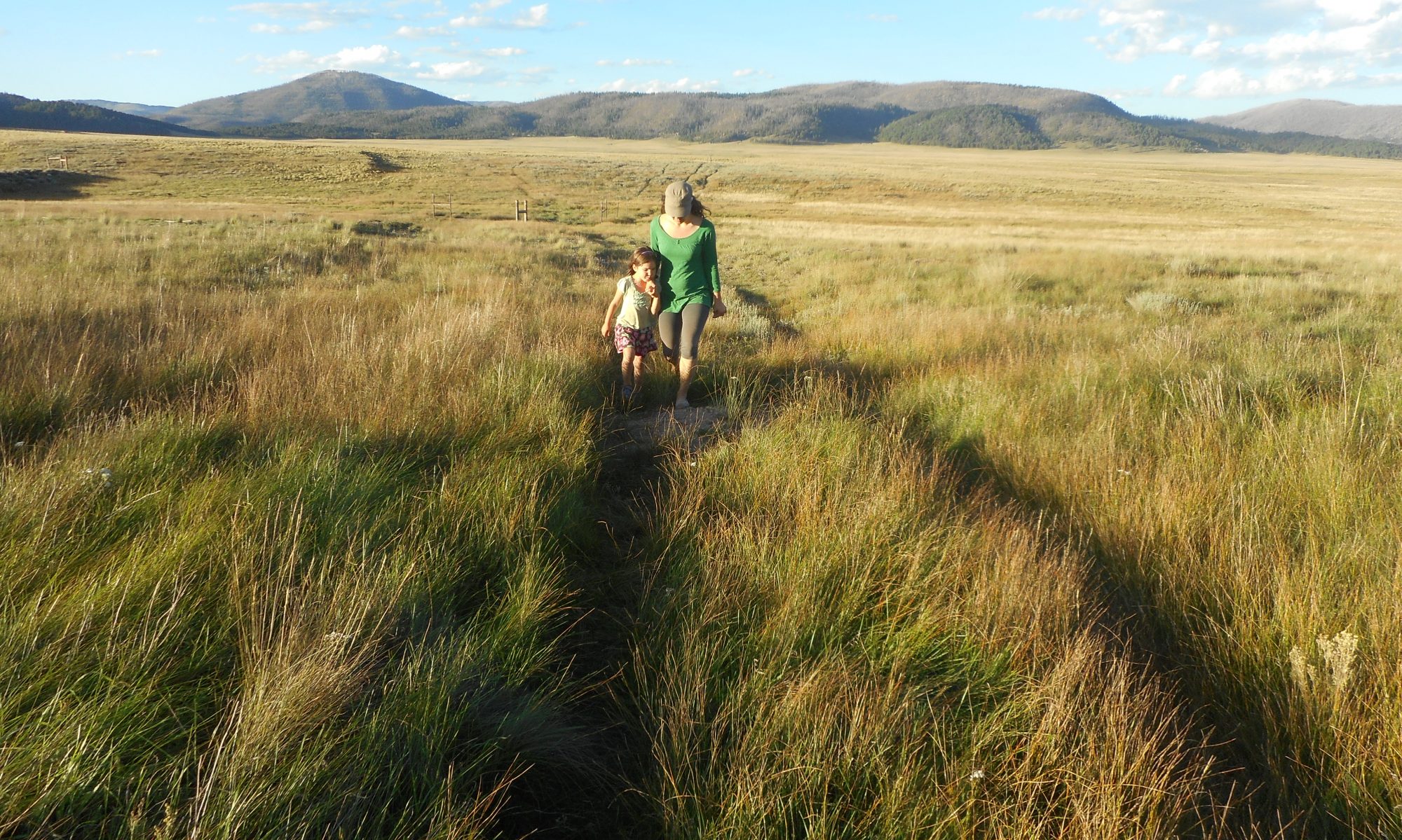Glorious, long armed light reaches through the windows.
The cottonwoods and willows along our dusty river are slowly giving way to gold and yellow.
New sorrows and joys come with each turning. Ripening, sweetness, decay. Struggle! Surrender! Despair! Gratitude!
Oh, yes, truly I’m forty now.

Lately, uncertain what to do with myself, and also guided by an older self (a younger self? A past self?) that was once more certain, I’ve been cutting scraps into strips and piecing them together.

Yes, there is the gist of a pattern, of form. But to create in a medium that is free of language and even image is a particular joy. Something beyond the mind, beyond knowing.

Though these could be infinitely useful, they don’t have any particular purpose.
And they are so fast! I can make one while the rice cooks, the teenager procrastinates, the right word comes to finish a poem, or start a poem.

In other news, this weekend I’ll be part of a living quilt (I get so carried away with these metaphors, sorry), ie a literary festival.
On Sunday at 3:30 mountain time, I’ll read alongside the poet Michelle Otero as part of the Fort Collins Book Festival. If I got to organize a book festival, it would have a lot in common with this one. There is a sturdy thread of land, healing, and, the power of language, running through the schedule.

After my reading I plan to hop over to The Ecology of Herbal Medicine with Dara Saville. This new book is a must have for New Mexicans wanting a deeper relationship with our home place, but also filled with wisdom and relevance for plant lovers everywhere.
As I write about the festival, I find myself wanting to tell you about the other events, authors, and readings, and I see that it is another patchwork making things a bit more connected in the world. Which strikes me as very beautiful.
Stay warm, friends. Stitch yourself to someone, to something.

Ps, here’s the book that woke my crafty hands and yearnings back up:
































